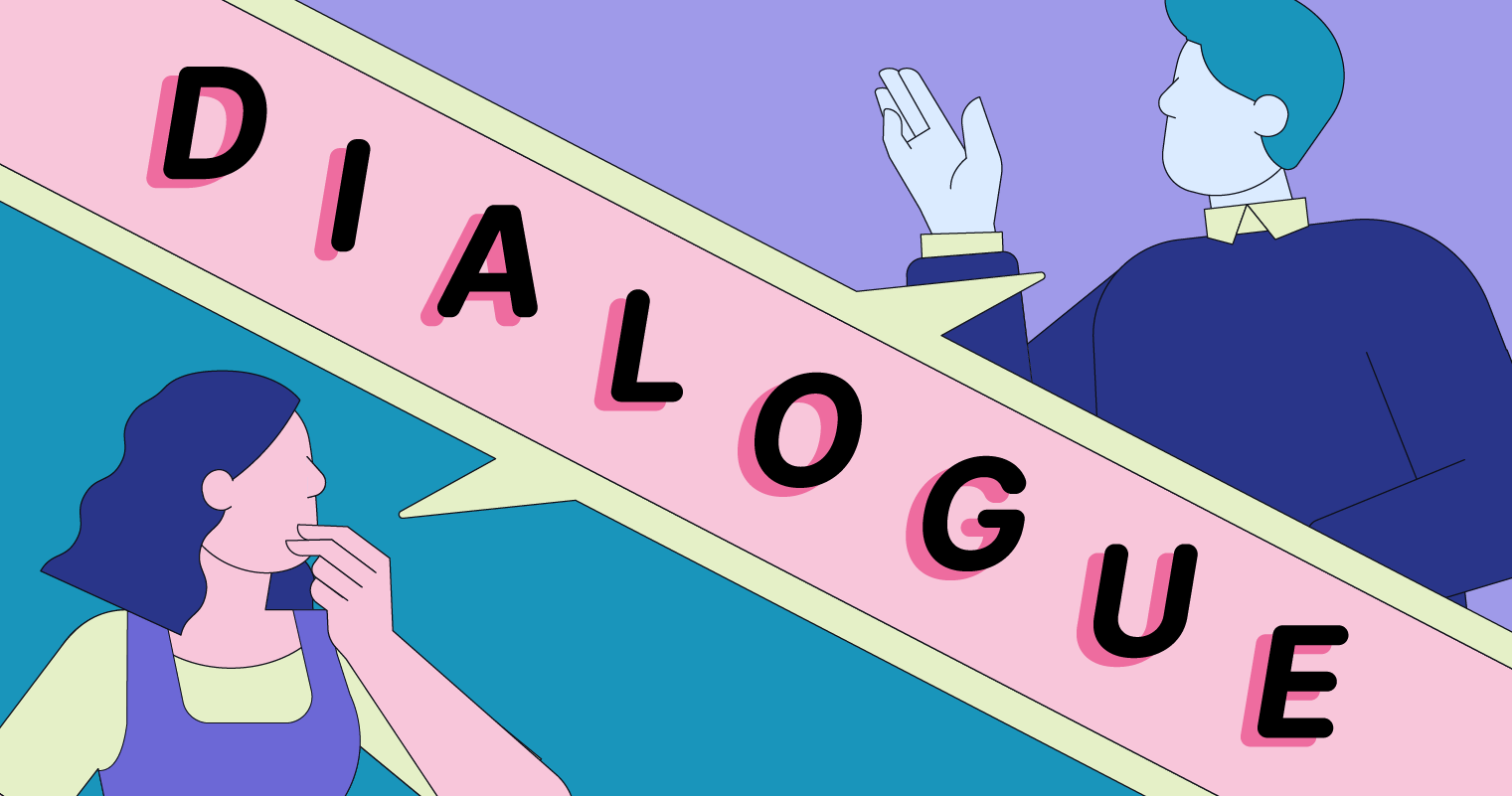- Messages
- 12,453
Hey everyone,
Can you advise me on the standards of writing dialogues in English? For fiction stories.
I currently find myself alternating between 2 formats, here they are:
Dialogues between quotes:
John leaned against the doorframe and asked, "Are you ready for the big presentation tomorrow?"
Sarah looked up from her notes and replied, "I think so, but I'm a bit nervous."
"Don't worry," John reassured her, "you've done all the research. You'll do great."
Sarah smiled, "Thanks, John. Your support means a lot to me."
Dialogues preceded by an Em dash:
— Hey, said John, leaning against the doorframe. Are you ready for the presentation?
— I think so but I'm a bit nervous.
— Don't worry, John reassured her, you'll nail it!
Are the quotes the English standard, as shown in the first example? What are your advice?
Thanks.
Can you advise me on the standards of writing dialogues in English? For fiction stories.
I currently find myself alternating between 2 formats, here they are:
Dialogues between quotes:
John leaned against the doorframe and asked, "Are you ready for the big presentation tomorrow?"
Sarah looked up from her notes and replied, "I think so, but I'm a bit nervous."
"Don't worry," John reassured her, "you've done all the research. You'll do great."
Sarah smiled, "Thanks, John. Your support means a lot to me."
Dialogues preceded by an Em dash:
— Hey, said John, leaning against the doorframe. Are you ready for the presentation?
— I think so but I'm a bit nervous.
— Don't worry, John reassured her, you'll nail it!
Are the quotes the English standard, as shown in the first example? What are your advice?
Thanks.



